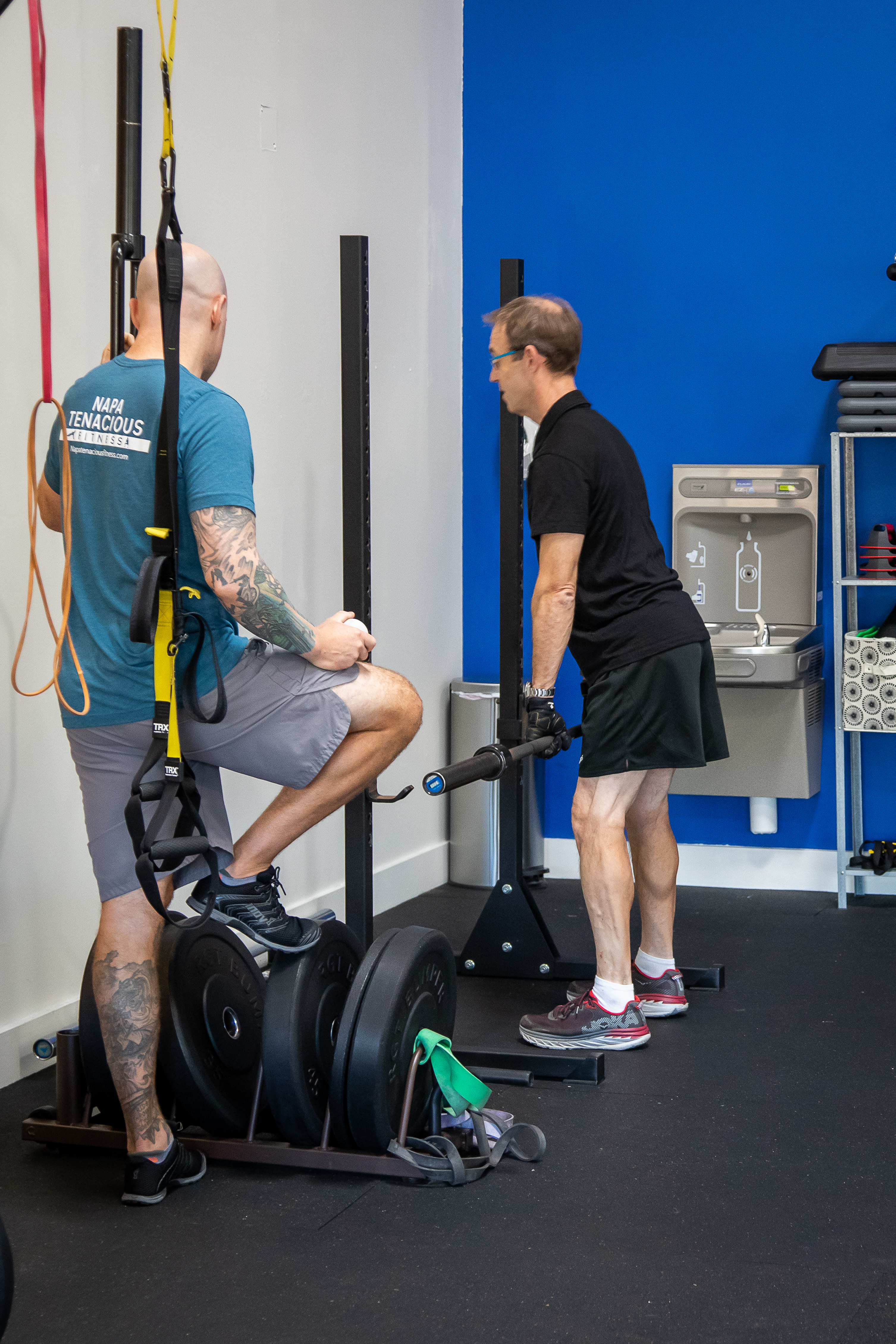When I was eleven years old, beginning my first adventure on the path of fitness, I was overwhelmed with the idea of getting to lift weights at the gym. My arrival on the weight floor made me as giddy as a dentist’s child walking through a candy store. The sensation of wielding a heavy object and manipulating it to move where I wanted to was fascinating. After a few weeks of using my twig-like arms to perform nothing but bicep curls with five-pound dumbbells, I ventured down the dumbbell rack toward the ten-pound weights then, eventually the fifteen-pound weights. I was on the road to becoming the reincarnation of Hercules.
Muscle and Fitness and Men’s Health magazines quickly became my version of comic books. My dad would purchase the newest issue from the magazine rack at the checkout stand of the grocery store and throw it at the door of my room when he had the chance. Each magazine included copious amounts of pictures of elite athletes, fitness models, and competitive bodybuilders. This fitness magazine kept me intrigued as to what results I could obtain if I complied with the magazine’s exercise recommendations contained within each edition.
The workouts in my new favorite magazines included six-day workout routines. Two days for chest and triceps, two days for back and biceps, and two days for legs. Gifted with this treasure map to one day look like Arnold Schwarzenegger pumping iron at Venice Beach, I hit the gym six times a week.
After six months of adhering to this program, I developed what some people would call muscles on my stick-figure-like eleven-year-old frame. If you ever saw an eleven-year-old flex his gun (known as biceps back in the 90s), you probably couldn’t tell if anything was occurring. The comparison was akin to the density of toothpicks and dental floss. However, in my mind, I was a giant who didn’t think he was the man, I knew I was the man. “Step aside Chuck Norris, there’s a new sheriff in town,” were my thoughts as confidence flowed through my spirit thanks to the navigation of what exercises to perform at my sacred place in the gym. Not to mention, I was guzzling down the protein powder advertised in each magazine I purchased with my weekly allowance. This program offered me the physiological improvement and emotional confidence I needed as a young, scrawny, and insecure eleven-year-old developing youngster.
Sounds like an excellent plan for an eleven-year-old who has the time to head to the gym six times a week. Enter the world of what some would call “being an adult.” Kids, mortgages, and careers introduce a new challenge to the time we allocate to our daily lives. With these confounding lifestyle variables, heading to the gym six times a week to work specific body parts laid out in a magazine filled with the fitness models’ training protocols doesn’t seem as attainable as it once was when all we had to worry about was getting home before the sun went down.
As our time is occupied by life’s requirements, our efforts to get into the gym become a challenge. We don’t have as much time as an eleven-year-old. However, if lack of time impedes us from performing our much-needed exercise, perhaps we can bolster the quality of our exercise routines by utilizing what time we have available. A solution to this problem is to focus on exercises that cover a significant area of muscles throughout each movement. Compound exercises are identified as movements that utilize more than one muscle group throughout an exercise movement. For example, exercise techniques such as squats, pushups, and pulling movements use more than one joint in the body. This means that multiple muscle groups are being activated at once.
Suppose we can focus on compound exercises and perform them with proper form to accentuate the muscles responsible for these large movements. In that case, we can accommodate multiple muscles groups in one action. Furthermore, performing large compound movements replaces the need to exercise specific body parts on designated days. Therefore, if time is an issue, choose a compound lower body, a compound upper body pushing, and a compound upper body pulling technique. These movements can be as simple as the squat, a push-up, and a dumbbell row. By focusing on the flawless execution of each of these techniques, we can replace the need to hit the gym six times a week.
Allocating an hour to the gym two to three times per week gives us the physiological, psychological, and emotional adaptations to help us live a happy, healthy, and vigorous life. Make sure to work smart and not hard in the gym to give our bodies, mind, and spirit the attention they deserve. Set a timer, schedules a day in your calendar, and spend one hour two to three times a week in your preferred gym setting and focus on a full-body routine. Perform compound movements with impeccably flawless technique to achieve similar, if not better, results than a young and clueless eleven-year-old who has more time than you.
Sean McCawley, the founder and owner of Napa Tenacious Fitness in Napa, CA, welcomes questions and comments. Reach him at 707-287-2727, napatenacious@gmail.com or visit the website napatenaciousfitness.com.

